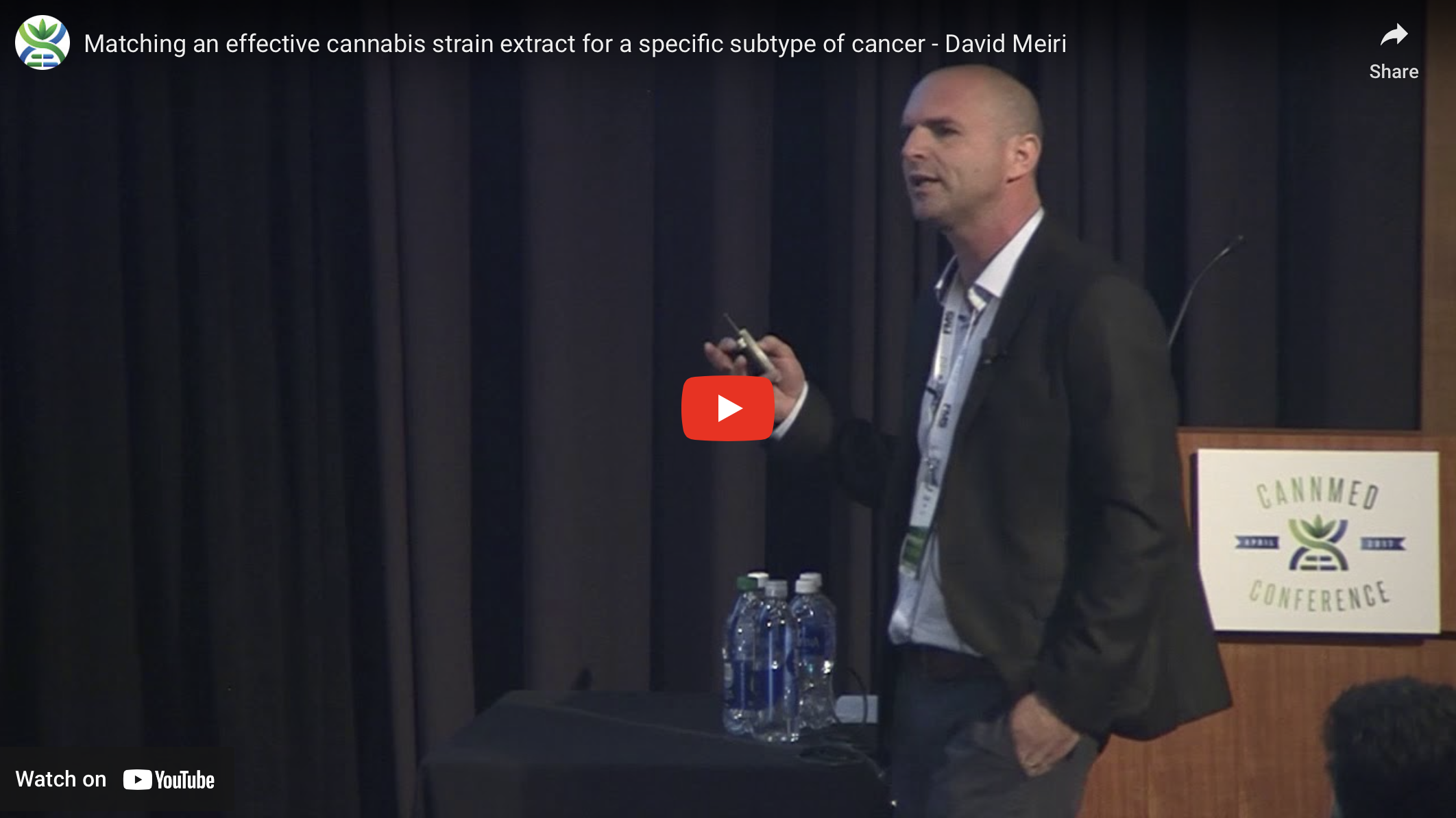Highlights
- Complimentary alternative medicine use is common in women with gynecologic cancers.
- Cannabinoid receptors are potential therapeutic targets in ovarian cancer.
- Communication with patients is critical regarding use of alternative therapies.
Keywords: Cannabidol, Laetrile, Low grade ovarian cancer, Complimentary alternative medicine
Introduction
Low grade serous ovarian cancer (LGSOC) is a rare subtype of serous epithelial ovarian cancer, comprising approximately 10% of all cases of serous carcinoma. The majority of women are diagnosed with advanced stage disease, despite its slow growth. Treatment options for advanced disease include neoadjuvant chemotherapy followed by interval surgical cytoreduction or primary surgical resection followed by adjuvant therapy as well as maintenance hormonal therapy (National Comprehensive Cancer Network, 2019). Adjuvant therapy traditionally consists of combination platinum and taxane based chemotherapy, although response rates are limited, and may include concurrent/maintenance hormonal therapy. Even with advanced stage at diagnosis, patients with LGSOC have an improved prognosis when compared to their high grade serous counterparts, with median overall survival of approximately 100 months reported, reflective of a protracted clinical course (Gershenson et al., 2015).
In an effort to improve oncologic outcomes, investigators have attempted to capitalize on molecular aberrations identified in LGSOC specimens. Most recently, the utilization of MEK inhibitors have been explored due to noted activation of the mitogen-activate protein kinase (MAPK) pathway in LGSOC. A phase II trial evaluating Selumatib activity in women with recurrent LGSOC (GOG 0239) demonstrated a 15% overall response rate, catalyzing the development of phase III trials examining alternate agents in this setting (Farley et al., 2013). A phase III study evaluating Trametinib vs. physicians choice chemotherapy in patients with recurrent or progressive LGSOC (GOG-281) has closed to accrual and will help guide further management with these targeted agents. Furthermore, efforts to identify appropriate patient subsets based on molecular profiling are ongoing. In context of the above, optimal management of these relatively chemotherapy-resistant tumors due to their low-grade nature remains an active area of investigation.
In addition to standard treatments, an increasing proportion of patients are exploring and incorporating complimentary alternative medicine (CAM) for the management of their cancers. Use of CAM is common among gynecologic cancer patients, although many patients may not disclose use to their treating physician. Women who are older are more likely to use CAM either in conjunction with standard treatment or alone, as compared to their younger or male counterparts (Gansler et al., 2008). These therapies may or may not be recommended by their primary oncologist, and many have not been evaluated in a clinical trial setting.
In this case report, we present a woman with LGSOC who declined primary systemic chemotherapy followed by interval surgical resection and opted for CAM therapy with Laetrile (amygdalin) and cannabidol (CBD) oil. The patient has granted permission for this publication.
[ View Full Text ]
Where to buy laetrile? Richardson Nutritional Center
Where to buy CBD? Epiphany Canna Solutions
SUPPORT OUR SPONSORS

